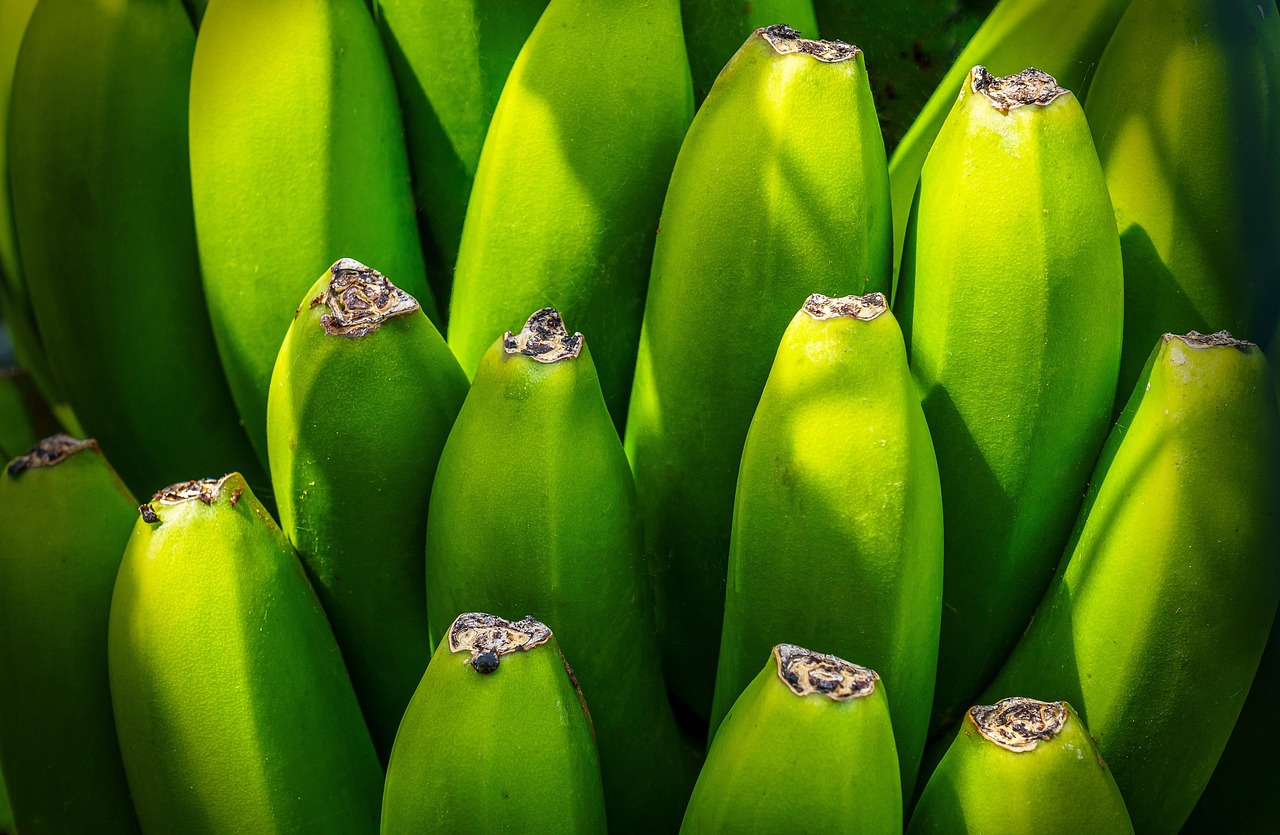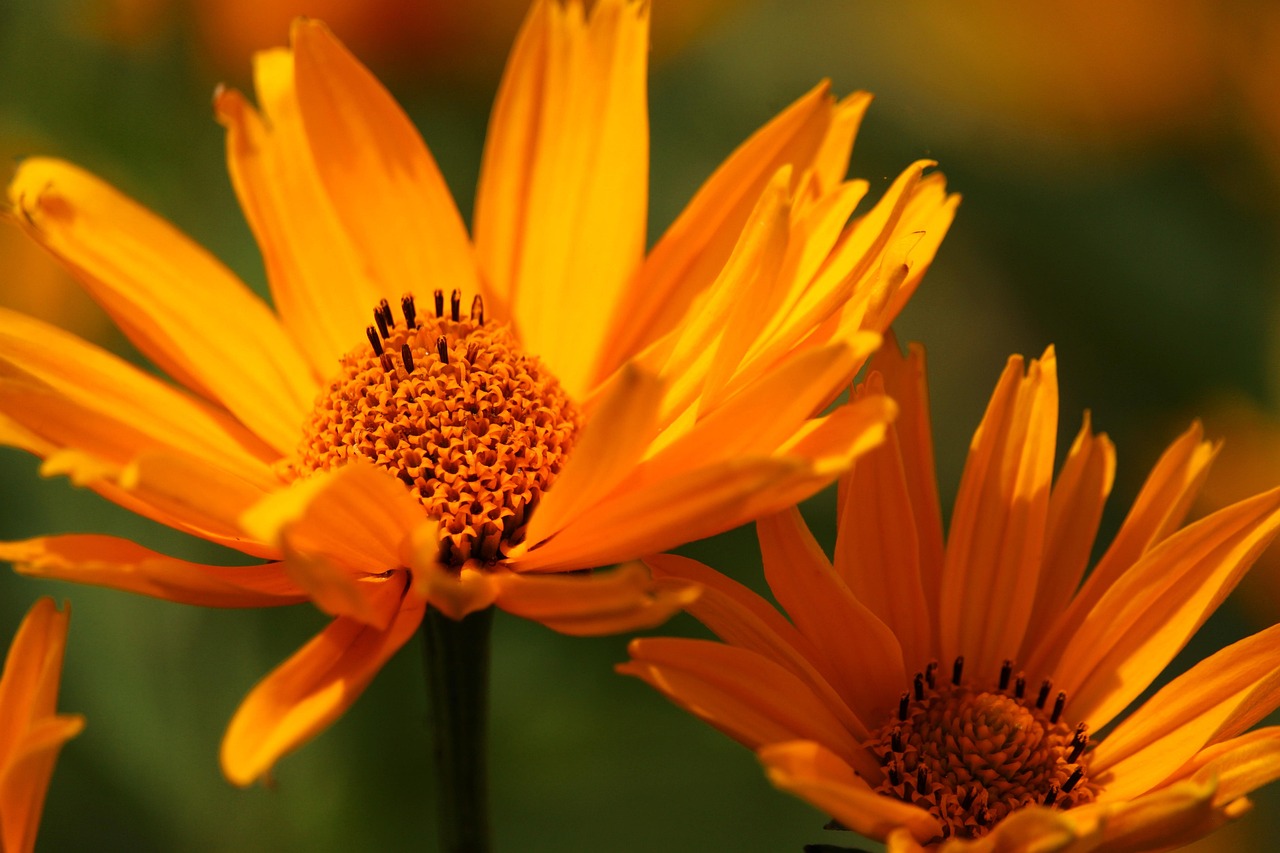Trees and shrubs with yellow berries can add vibrant bursts of sunshine to any yard. These colorful fruits not only enhance the aesthetic appeal but also attract wildlife, making your garden a lively ecosystem.
Incorporating plants that bear yellow berries into your landscape design can create a focal point. The bright colors contrast beautifully with green foliage and other seasonal blooms. Additionally, many of these plants provide food and shelter for birds and beneficial insects, contributing to a balanced garden environment.

Yellow berries come in various shapes and sizes, depending on the species. While some may be small and round, others can be larger and more elongated. These fruits typically ripen in late summer or fall, offering a striking visual display as they mature. Here are some key characteristics of trees and shrubs with yellow berries:
| Plant Name | Type | Berry Season | Wildlife Attractant |
|---|---|---|---|
| Winterberry Holly | Shrub | Late Fall | Birds |
| Golden Currant | Shrub | Summer | Birds, Butterflies |
| Chokecherry | Tree | Late Summer | Birds, Mammals |
| Yellow Buckeye | Tree | Fall | Squirrels, Birds |
Popular Trees and Shrubs with Yellow Berries
When selecting trees and shrubs for your garden, consider those that produce yellow berries. They not only brighten up your space but also support local wildlife. Below are some popular choices that you might find appealing:
- Winterberry Holly: This deciduous shrub produces bright yellow-orange berries, providing winter interest and attracting a variety of birds.
- Golden Currant: Known for its sweet and tangy flavor, this shrub produces clusters of small yellow berries during the summer months, attracting pollinators like butterflies.
- Chokecherry: This tree offers clusters of small yellow berries that are loved by birds and can be used for making jams and jellies.
- Yellow Buckeye: With its stunning yellow fruit, this tree is an excellent choice for larger gardens and provides food for squirrels and birds.
These plants thrive in various climates and soil types. Choosing the right species can enhance your garden’s beauty while providing essential resources for local wildlife. Be sure to plant them in suitable locations, considering their sunlight and water requirements.
The presence of yellow berries in your landscape not only adds visual appeal but also promotes biodiversity. As these plants attract various birds and insects, they play a crucial role in the ecosystem. By incorporating trees and shrubs with yellow berries into your yard, you are contributing to a vibrant and sustainable environment.
With careful planning and selection, you can create a stunning landscape that celebrates the beauty of nature. Whether it’s for seasonal interest or attracting wildlife, the charm of yellow berries will surely bring joy to any garden enthusiast.
Benefits of Planting Trees and Shrubs with Yellow Berries
Incorporating trees and shrubs that bear yellow berries into your garden offers numerous advantages. These plants enhance the landscape’s aesthetics and contribute significantly to the local ecosystem. Here are some key benefits to consider:
- Aesthetic Appeal: The bright yellow berries create a striking contrast against green leaves, adding vibrancy to any yard.
- Wildlife Habitat: Many birds and small mammals rely on these berries as a food source, promoting biodiversity in your garden.
- Seasonal Interest: Yellow berries often appear in late summer or fall, providing visual interest when many other plants are fading.
- Low Maintenance: Many of these plants are hardy and require minimal care once established, making them ideal for busy gardeners.
Attracting Wildlife
One of the most rewarding aspects of planting yellow-berried trees and shrubs is their ability to attract various wildlife. Birds, in particular, are drawn to these bright fruits. This interaction not only beautifies your garden but also supports local ecosystems. Here are some birds that commonly feed on yellow berries:
- American Robin: Known for their vibrant red-orange bellies, robins enjoy a variety of berries, including yellow ones.
- Cedar Waxwing: These striking birds often travel in flocks and are particularly fond of berry bushes.
- Blue Jay: Known for their intelligence and adaptability, blue jays will readily eat the berries from many shrubs.
Creating a wildlife-friendly garden involves more than just planting these berry-producing plants. It also means providing a habitat where they can thrive. Consider adding bird baths and nesting boxes to encourage more wildlife to visit your yard.
Cultural Significance of Yellow Berries
Beyond their ecological benefits, many cultures have historically valued trees and shrubs with yellow berries for their culinary and medicinal uses. Some examples include:
- Culinary Uses: Many yellow berries are edible and can be used in jams, jellies, and desserts. For instance, the chokecherry produces small yellow berries that can be transformed into delicious preserves.
- Medicinal Properties: Certain species, such as golden currants, have been used in traditional medicine for their antioxidant properties.
- Cultural Traditions: In various cultures, berries have been incorporated into rituals, celebrations, and folklore, symbolizing abundance and prosperity.
Care Tips for Trees and Shrubs with Yellow Berries

Caring for your yellow-berried trees and shrubs ensures they thrive and produce abundant fruit. Here are some essential care tips:
- Sunlight: Most yellow-berried plants thrive in full sun to partial shade. Ensure they receive at least six hours of sunlight daily.
- Soil Quality: Well-drained soil is crucial. Consider amending heavy clay or sandy soils with organic matter to improve drainage and nutrient content.
- Watering: Newly planted trees and shrubs require regular watering until established. Once established, many of these plants are drought-tolerant.
- Pruning: Regular pruning helps maintain shape and encourages healthy growth. Remove dead or diseased branches as needed.
By following these care tips, you can ensure that your trees and shrubs with yellow berries flourish, providing beauty and benefits for years to come.

Companion Planting with Yellow-Berried Trees and Shrubs

Companion planting is a gardening strategy that involves pairing plants to enhance growth, minimize pests, and create a more balanced ecosystem. By selecting the right companions for your yellow-berried trees and shrubs, you can improve their health and productivity. Here are some beneficial companion plants to consider:
- Herbs: Many herbs, such as basil and thyme, can repel pests that might otherwise target your berry-producing plants.
- Flowering Plants: Marigolds and nasturtiums are excellent companions. They attract beneficial insects like pollinators and predatory wasps that help control pest populations.
- Vegetables: Certain vegetables, such as tomatoes and peppers, can benefit from the shade provided by larger shrubs while thriving in the same soil conditions.
Creating a Diverse Garden Ecosystem
Diversity in your garden not only enhances beauty but also contributes to a healthier environment. By integrating yellow-berried trees and shrubs with various plant types, you can create a rich and thriving ecosystem. Here are some ways to promote diversity:
- Plant Varieties: Include a mix of flowering plants, herbs, and vegetables to attract different species of beneficial insects.
- Layering Plants: Use a layering approach by planting taller trees alongside shorter shrubs and ground covers. This method maximizes space and light availability.
- Seasonal Blooms: Choose plants that bloom at different times of the year to provide continuous food sources for pollinators.
Common Pests and Diseases
While yellow-berried trees and shrubs are generally resilient, they can still fall prey to certain pests and diseases. Being aware of potential threats allows you to take preventive measures. Here are some common issues to watch for:
Pests
- Scale Insects: These small insects can attach themselves to branches and leaves, sucking the sap from the plant. Regular inspections and horticultural oils can help control their numbers.
- Aphids: Often found on new growth, aphids can cause leaves to curl and distort. Introducing ladybugs or using insecticidal soap can effectively manage their populations.
- Spider Mites: These tiny pests thrive in dry conditions and can be identified by fine webbing. Increasing humidity around the plants or spraying with water can help deter them.
Diseases
Several diseases may affect yellow-berried plants. Here are some common ones to be aware of:
- Powdery Mildew: This fungal disease appears as a white powdery substance on leaves. Ensuring good air circulation and avoiding overhead watering can help prevent its spread.
- Root Rot: Overwatering can lead to root rot, a condition that causes plants to decline. Ensure proper drainage to minimize this risk.
- Leaf Spot: Various pathogens can cause leaf spots, leading to unsightly foliage. Regularly removing affected leaves and maintaining plant health can reduce occurrences.
Prompt action against these pests and diseases is crucial for maintaining healthy yellow-berried trees and shrubs. Regular monitoring of your plants will allow you to catch any issues early on, ensuring they continue to thrive in your garden.
Harvesting Yellow Berries
Harvesting berries at the right time ensures you enjoy their flavor and nutritional benefits. Here’s how to determine when and how to harvest yellow berries:
- Timing: Most yellow berries are ripe when they change color from green to bright yellow or gold. Check for firmness as well; ripe berries should yield slightly when pressed.
- Technique: Gently twist or snip the berries from the plant to avoid damaging branches or other fruit. Use clean scissors or pruning shears for best results.
- Storage: Freshly harvested berries should be stored in a cool place. For longer storage, consider freezing or making preserves.
By following these harvesting tips, you can maximize your enjoyment of the fruits produced by your yellow-berried trees and shrubs.
Additional Uses for Yellow Berries
Aside from their visual appeal and benefits to wildlife, yellow berries can serve various practical purposes. Understanding these uses allows you to make the most of your garden’s bounty. Here are some additional ways to enjoy yellow berries:
- Culinary Creations: Yellow berries can be used in a variety of recipes. They are excellent in jams, jellies, and sauces. Many people also enjoy them fresh in salads or as toppings on desserts.
- Beverages: Some yellow berries, like those from the golden currant or chokecherry, can be used to make refreshing beverages. Whipping up a homemade berry lemonade or syrup can add a unique twist to your drinks.
- Natural Dyes: The vibrant colors of yellow berries can be used to create natural dyes for fabrics or crafts. This offers an eco-friendly option for those interested in crafting.
Creating a Wildlife-Friendly Garden
Enhancing the ecological value of your yard goes beyond simply planting yellow-berried trees and shrubs. By creating a wildlife-friendly garden, you can provide habitats and food sources for various species. Here are some tips to consider:
- Add Water Sources: Birdbaths, ponds, or small water features can attract birds and beneficial insects, providing them with essential hydration.
- Plant Native Species: Incorporate native plants alongside your yellow-berried trees and shrubs to foster a balanced ecosystem that supports local wildlife.
- Avoid Pesticides: Reducing or eliminating pesticide use encourages beneficial insects like pollinators and natural pest predators to thrive.
Final Thoughts
Trees and shrubs with yellow berries not only add bursts of color to your yard but also provide numerous ecological and practical benefits. By selecting the right species and caring for them properly, you can create a stunning landscape that attracts wildlife and enhances your garden’s biodiversity. The vibrant yellow fruits serve various purposes, from culinary delights to natural dyes, making them a valuable addition to any garden.
As you plan your garden, consider the advantages of incorporating these plants. With proper care, companion planting, and an understanding of potential pests and diseases, you can cultivate a thriving environment. Remember that gardening is a journey. Enjoy the process of learning about your plants and watching them flourish throughout the seasons.
In summary, planting trees and shrubs with yellow berries offers an opportunity to create a lively and engaging outdoor space. Embrace the joy of gardening, and let your yard become a haven for both beauty and biodiversity.
